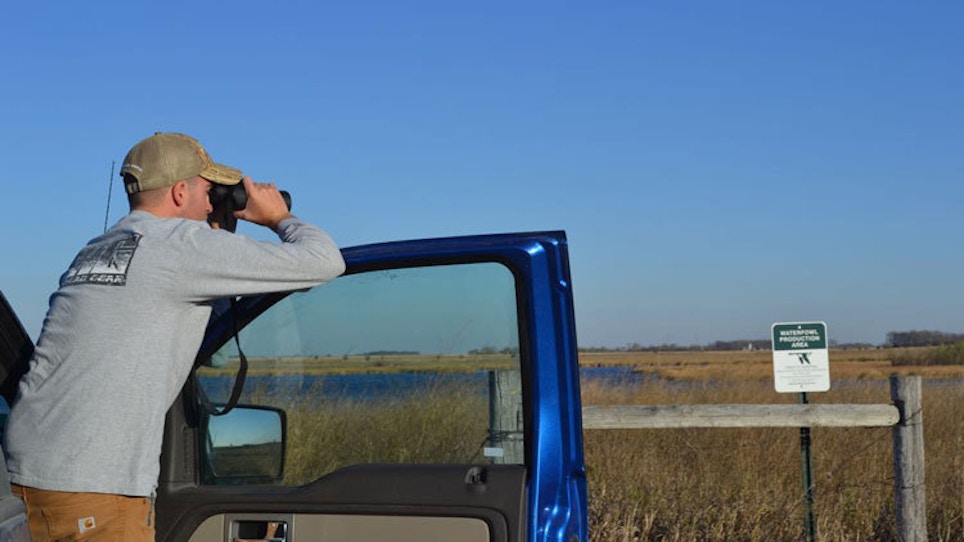On public hunting spots where lots of pressure is put on birds, it’s often possible to locate areas where ducks are holding simply by listening to where the biggest concentration of shooting is heard. If your spot isn’t yielding birds, but you hear nearby gunners blazing away, it’s obvious they’re on ducks, while you’re just watching a sunrise.
On more than one occasion I’ve listened to other hunters hammering ducks, then, about midmorning, it became quiet. If you can, try wading over to where they’re hunting, or take a boat. Don’t encroach on anyone. But if they’re done — having filled limits and left — don’t hesitate to move right in to the area. I’ve done that on more than one occasion, and I’ve had other hunters do it to me.
On public ground, that’s just the way it is, and it’s perfectly acceptable behavior, provided you don’t infringe on someone who currently is hunting a hot spot.
Know Where They Wanna Go
You’ve got to hunt where ducks want to be, and scout to find those places.
In large marsh and lake areas it’s usually easiest to scout the places where ducks want to be by watching them in flight. Discover a consistent flight pattern and keep moving in that direction until you pinpoint the spot birds are dropping into. Ducks habitually fly at dawn and dusk, but since most gunners are hunting at dawn, scouting in late afternoons makes sense.
Sometimes you learn the direction where ducks are headed one late afternoon, but can’t discover the precise spot before nightfall. In such a case it might take several afternoon scouting trips to learn the exact hotspot. Start each subsequent scouting session where you last spotted birds before nightfall. Track them as long as you can, and if you can’t pinpoint the spot, try again the next afternoon, beginning at the most recent place where you last spotted them.
A handheld portable GPS navigating unit can be very useful retracing incremental scouting trips, especially when doing reconnaissance via boat or in poor light when landmarks are not readily discernable.
Take advantage of weather conditions and local weather patterns for most effective scouting. On days when the wind is up and cloud cover down, get out in your duck boat or drive around a marsh where you hunt and look for trading birds. Sometimes a big weather front “pushes” in ducks, and by watching the forecast and being out scouting, you’ll likely see “new” ducks migrate into your lake or marsh, or perhaps into fields for feeding.
In coastal areas it’s common for a late-morning or afternoon sea breeze to kick in. Ducks love to fly in the wind, so take advantage of a sea breeze effect by doing your scouting when ducks are most visible and flying during bright daylight hours.






